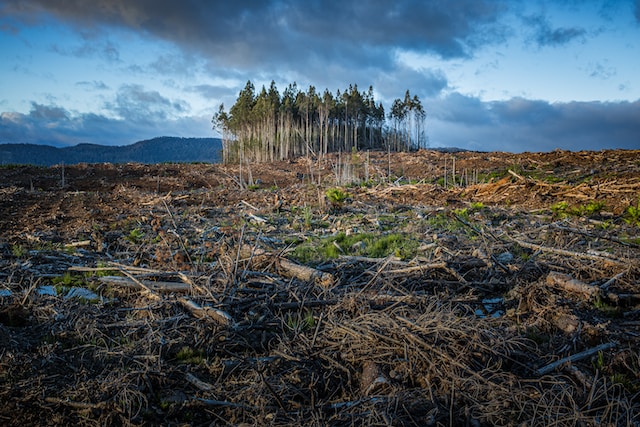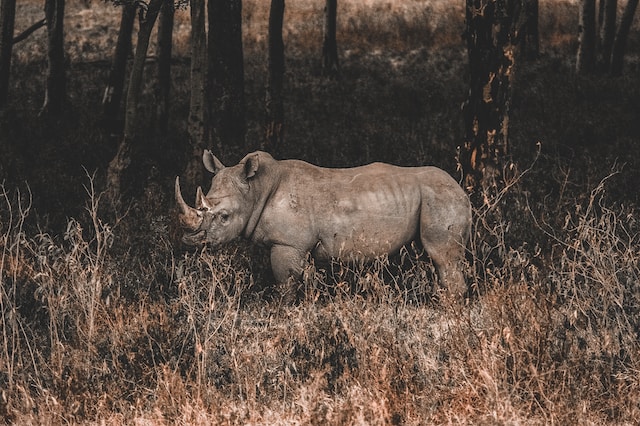The world is home to an incredible array of species, each playing a unique role in the delicate balance of ecosystems. However, many species are facing the threat of extinction due to various factors, including habitat loss, climate change, poaching, and pollution. In this article, we will explore the challenges faced by endangered species and the ongoing conservation efforts aimed at preserving their existence.
Understanding Endangered Species
Species in Peril
Endangered species are those whose populations have dwindled to the brink of extinction, making them highly vulnerable to extinction.
Biodiversity Importance
Biodiversity, represented by various species, is vital for ecosystem stability and resilience, benefiting humans and nature alike.
Ecosystem Health: Biodiversity is akin to the glue that holds ecosystems together. Each species, whether plants, animals, or microorganisms, contributes to the overall health and balance of an ecosystem. When one species is disrupted, it can have a cascading effect on others. A diverse ecosystem is more resilient to disturbances like diseases and climate change.
Human Nutrition: Biodiversity is closely tied to our food systems. A wide array of plant and animal species provides us with essential nutrients. Reduced biodiversity in agriculture can lead to a reliance on a few key crops, making our food systems more vulnerable to pests and diseases.
Threats to Species Survival
Habitat Destruction
One of the primary reasons for species endangerment is the destruction and fragmentation of their natural habitats.
Climate Change Impact
Global warming disrupts ecosystems and threatens species adapted to specific temperature ranges and conditions.

Overexploitation and Poaching
Unsustainable hunting and poaching for valuable resources, such as ivory and animal parts, threaten many species.
Pollution and Contamination
Pollution, including air, water, and soil pollution, can harm species directly or disrupt their food sources.
Conservation Efforts in Action
Protected Areas and Reserves
Establishing protected areas and wildlife reserves helps conserve habitats and provides safe havens for endangered species.
Breeding and Reintroduction Programs
Breeding programs in captivity aim to increase species populations, and reintroduction efforts return individuals to their natural habitats.
Legal Protections
International agreements, such as the Convention on International Trade in Endangered Species of Wild Fauna and Flora (CITES), provide legal protections for species at risk.
Community Involvement
Engaging local communities in conservation efforts helps build support and reduce human-wildlife conflicts.
Success Stories in Species Recovery
Bald Eagle
The bald eagle, once critically endangered due to hunting and habitat destruction, has made a remarkable recovery thanks to conservation efforts.
Panda Conservation
Giant pandas have seen population growth due to habitat preservation and international collaboration.
The Role of Education and Advocacy
Raising Awareness
Educating the public about the importance of conserving species and their habitats is crucial for garnering support.
Advocacy for Change
Individuals and organizations advocating for stronger conservation policies and sustainable practices are instrumental in species protection.
Conclusion
In conclusion, the preservation of endangered species is a responsibility shared by humanity. As we recognize the critical role species play in our ecosystems and cultures, it becomes clear that their survival is intertwined with our own. Conservation efforts, ranging from protecting habitats to combating illegal wildlife trade, are essential to ensure that future generations can witness the incredible diversity of life on Earth. By supporting and engaging in these efforts, we can collectively work toward a more sustainable and harmonious coexistence with the species that share our planet.

